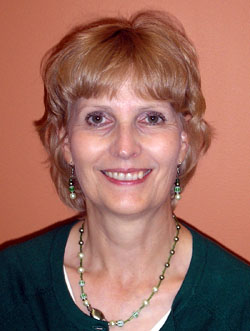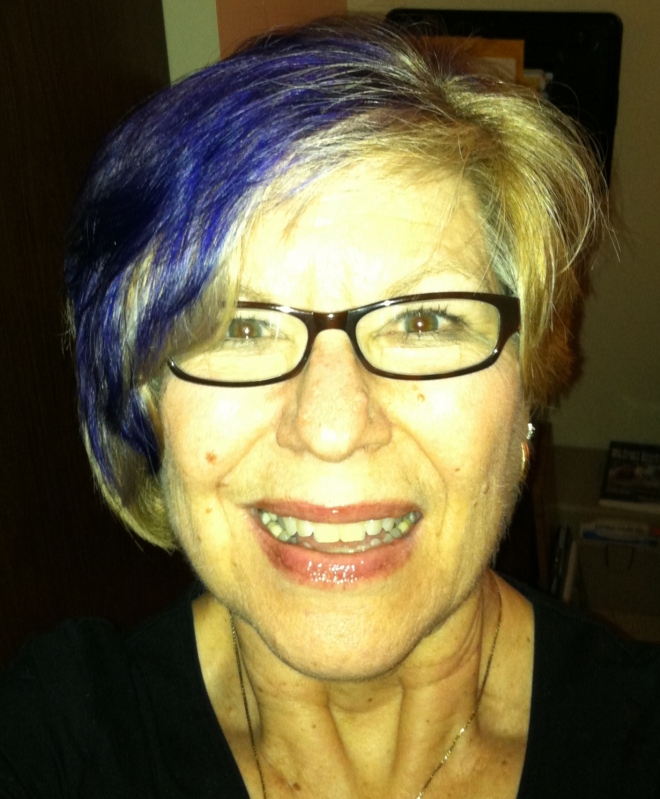|
| |
Secondary Ed: Current TrendsMeet your Secondary Interest Group Chairs: Lila Birchfield and Barb Gomez
  Lila retired from Glenbard North High School in Carol Stream in 2010. She was a foreign language teacher as well as an ELL teacher and program coordinator at the building level. She is in her tenth year as an adjunct instructor in Harper College’s Adult Education Department teaching non-native literacy classes. Barb retired this past spring from Huntley District 158 after eighteen years in the classroom. She taught English Language Learners at the middle school and high school levels. Since 2001, Barb has been an adjunct in the Minority Language Department at National Louis University. As experienced ELL teachers at the secondary level, we have been witness to many trends in the field. The least noxious change was the adoption of ELL instead of ESL. While it temporarily caused us to change wording in many documents, it did better reflect the needs of our students. Indeed, for some of them, English was not a second language, but perhaps a third or even fourth! Some of us taught in schools where the size of our ELL population warranted the addition of sheltered content classes to course offerings for ELLs. How wonderful that our students would be able to learn content in smaller participatory settings that allowed them to take risks with language while keeping up with English-speaking peers in terms of content instruction. ELL teachers had the ultimate word on when a student moved from one level to the next or transitioned out of the program based upon anecdotal information, growth factors and ACCESS test scores. The goal was always to prepare the students for regular instruction in a classroom full of English-speaking peers.
In the last few years, sheltered content instruction has given way to mainstreaming ELLs into regular education classes. Some argue that sheltered classes isolate ELLs and they would learn English faster if they are in classes with their English-speaking classmates. As all teachers are expected to become knowledgeable of implementing ELL methodology in their classes, there is an upsurge in enrollment in graduate coursework for ELL certification. What are the ramifications for students and teachers? Can teachers expect to have support in terms of aides and technology for ELLs in their classrooms? Will inclusion in regular classrooms speed up ELLs comprehension and knowledge of concepts? As part of ITBE, the Secondary Special Interest Group is here to advocate for you. We hold meetings at the ITBE Fall and Spring Workshops as well as both days of the ITBE State Convention in late February. LINK and the meetings offer opportunities for you to connect with other ELL teachers in the state. We would like to hear from you with regard to issues in our field. Let’s have a dialogue. What are the issues you face in your school as an ELL educator? Let us know what’s on your mind. Your colleagues across Illinois may have a solution or at least a suggestion. What are the issues you face in your school as an ELL educator? | |
| ITBE Link - Fall 2014 - Volume 42 Number 3 |